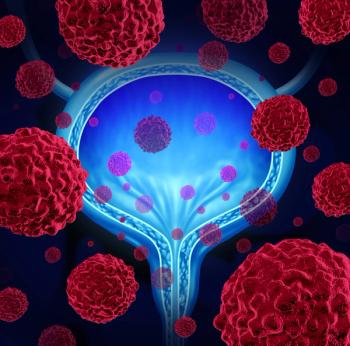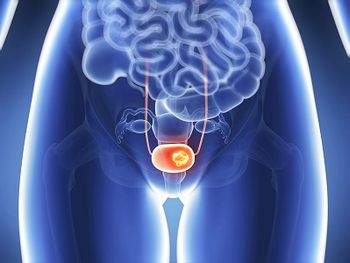
Do Some Prostate Cancer Therapies Raise Patients’ Risks for Bladder Cancer?
Treatment for prostate cancer with external beam radiotherapy was found to be associated with an increased risk for development of bladder cancer when compared with radical prostatectomy.
A retrospective study found that treatment for prostate cancer with external beam radiotherapy (EBRT) is associated with an increased risk for development of bladder cancer when compared with treatment with radical prostatectomy. The finding remains limited by potential biases in this type of analysis.
“Therapy of [a] first tumor might influence risk of harboring a second tumor, and identifying such a factor would improve selection of patients among those who are at an increased risk of developing a potentially deadly second primary tumor,” wrote study authors led by Marco Moschini, MD, PhD, of the Luzerner Kantonsspital in Lucerne, Switzerland.
The new study used the SEER database to investigate the influence of radical prostatectomy and EBRT on the risk of developing a secondary malignancy, specifically bladder cancer or rectal cancer. They included a total of 84,397 individuals, of whom 33,252 (39%) were treated with radical prostatectomy and 51,145 (61%) were treated with EBRT. The patients were followed for a median of 69 months, and the results were
There were some important differences between the two groups of patients with regard to baseline characteristics. The radical prostatectomy patients had a median age of 69 years, compared with 74 years in those undergoing EBRT (P < .001). More radical prostatectomy patients were white and more were married (82% vs 71%; P < .001), and more EBRT patients were smokers (32% vs 31%; P < .001). There were also differences with regard to Gleason scores and clinical disease stage.
The cumulative incidence of bladder cancer was 1.06% in the full cohort; for rectal cancer, this rate was 0.37%. The 5-year cumulative bladder cancer incidence in those undergoing radical prostatectomy was 0.75%, compared with 1.26% for those undergoing EBRT; at 10 years, those rates were 1.63% and 2.34% (P < .001). There were no differences in incidence between the treatment groups for rectal cancer.
A multivariate analysis found that patients treated with EBRT were more likely to develop bladder cancer, with a hazard ratio of 1.35 (95% CI, 1.18–1.55; P < .001). No such difference was seen with regard to rectal cancer.
The authors noted that a lack of information on the dose of radiotherapy is a limiting factor, and that improvements in EBRT technique in recent years may mean the risks have changed. Also, the retrospective nature of the study means that selection bias and other limitations cannot be ignored.
Newsletter
Stay up to date on recent advances in the multidisciplinary approach to cancer.

















































































